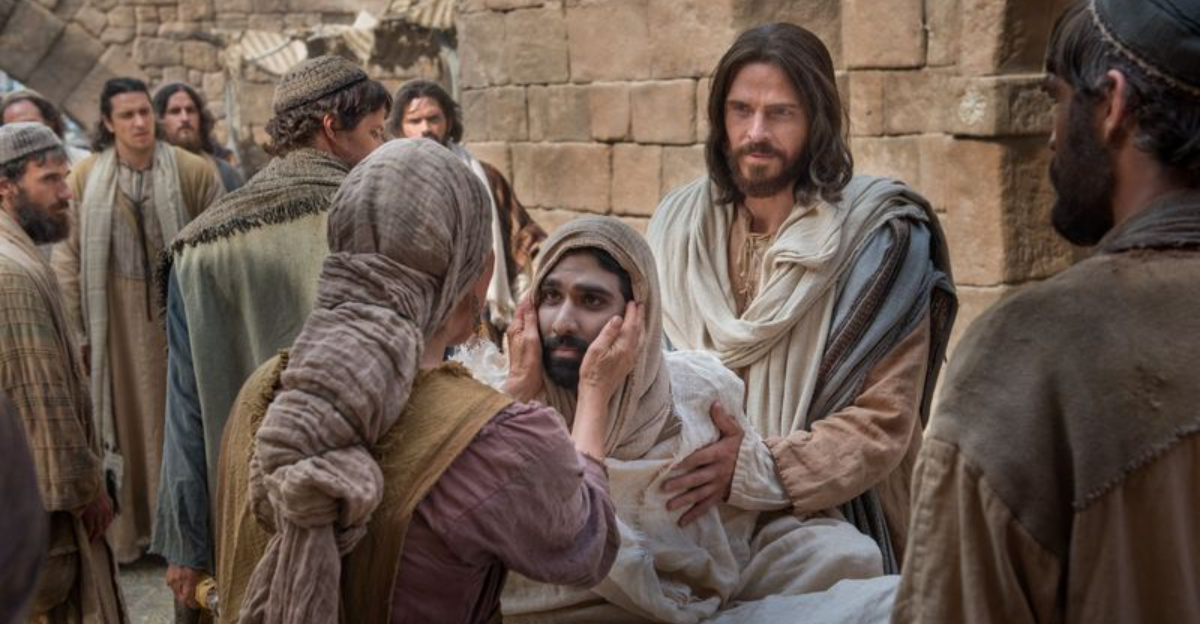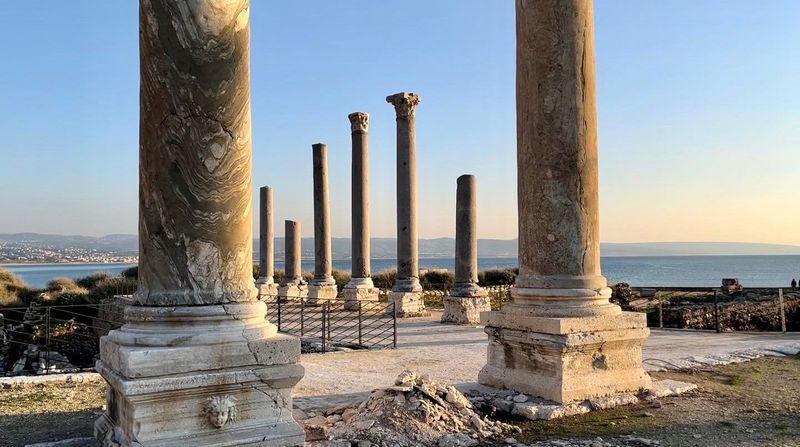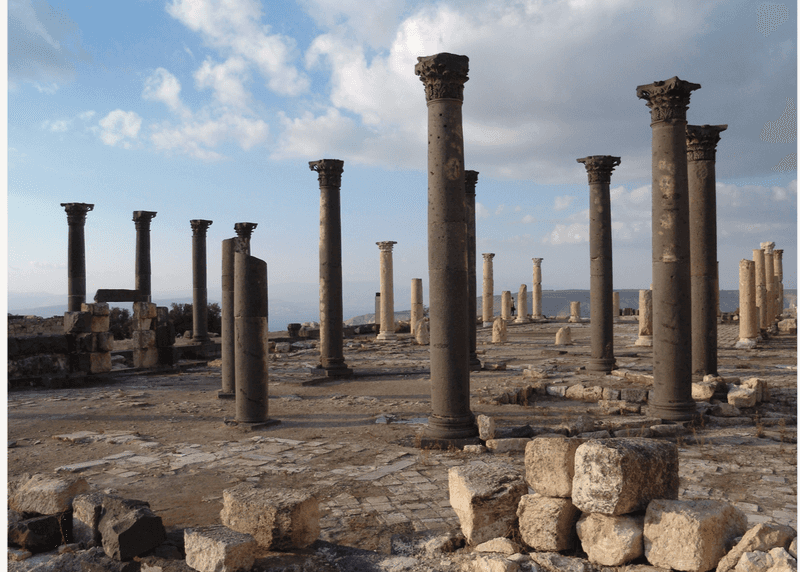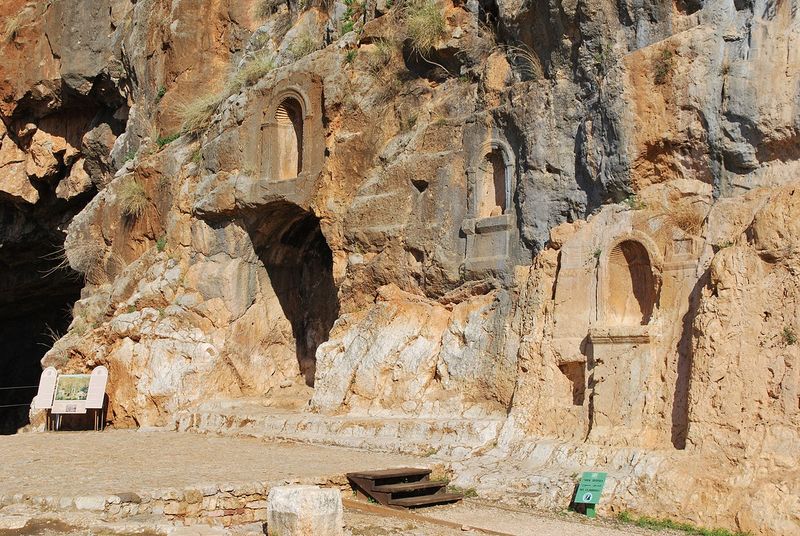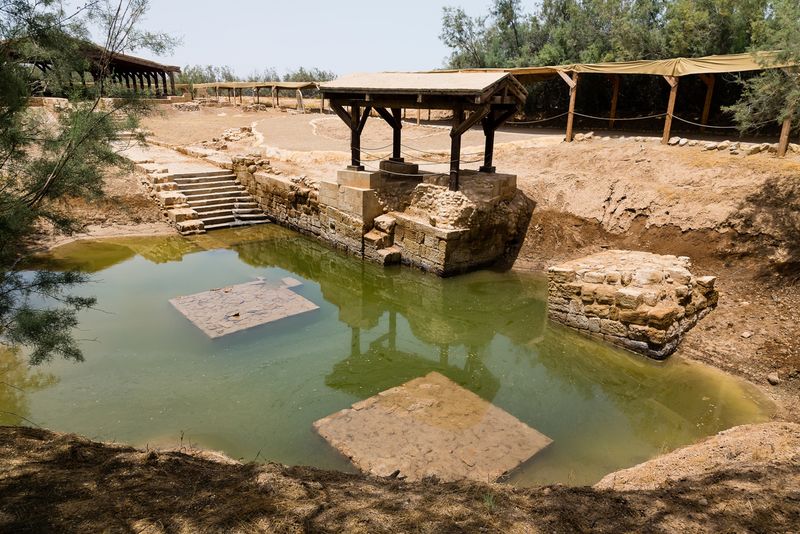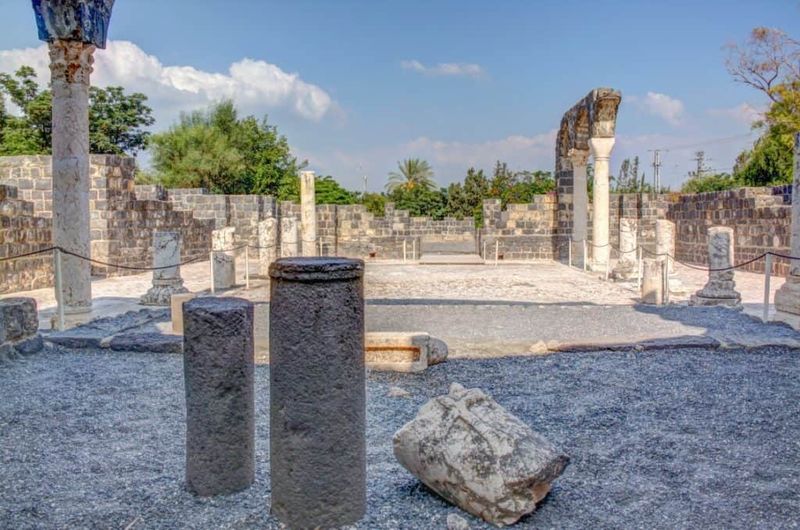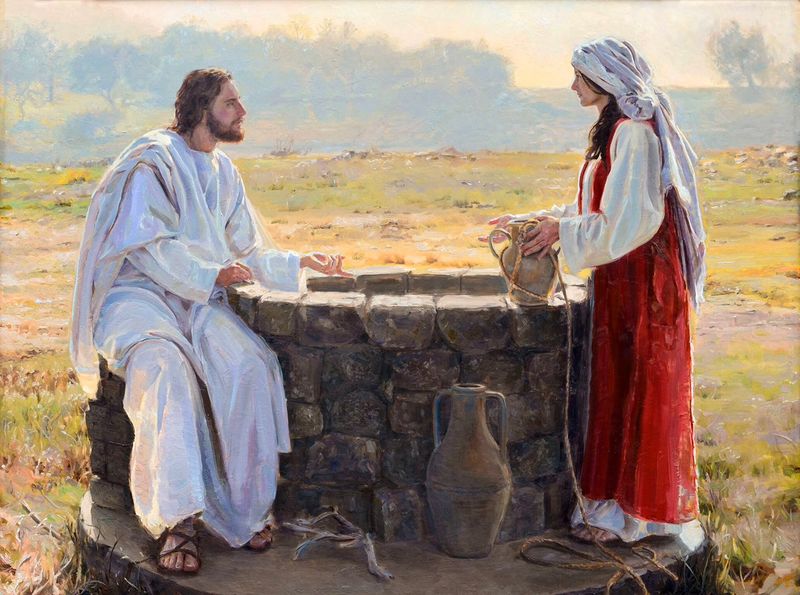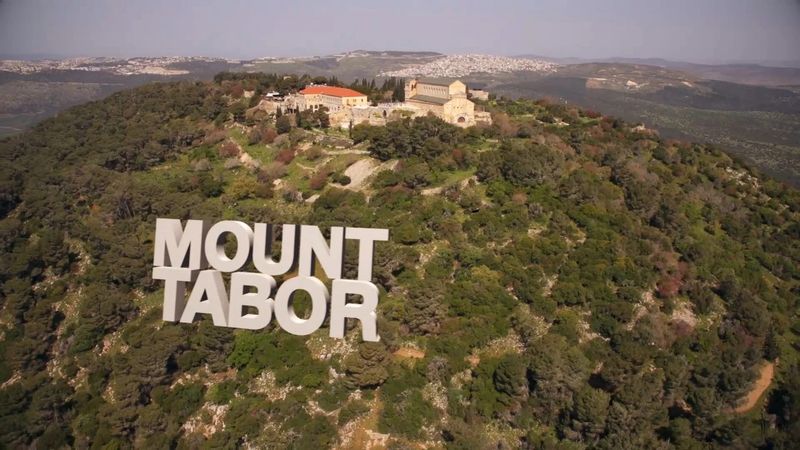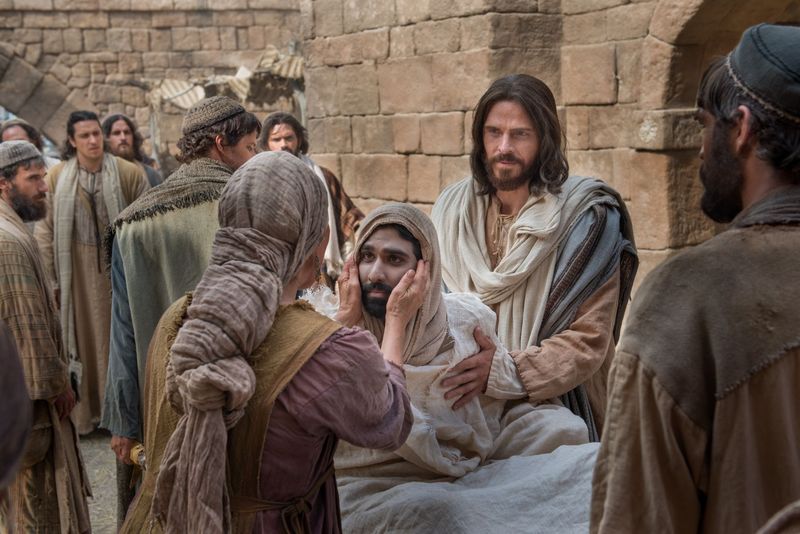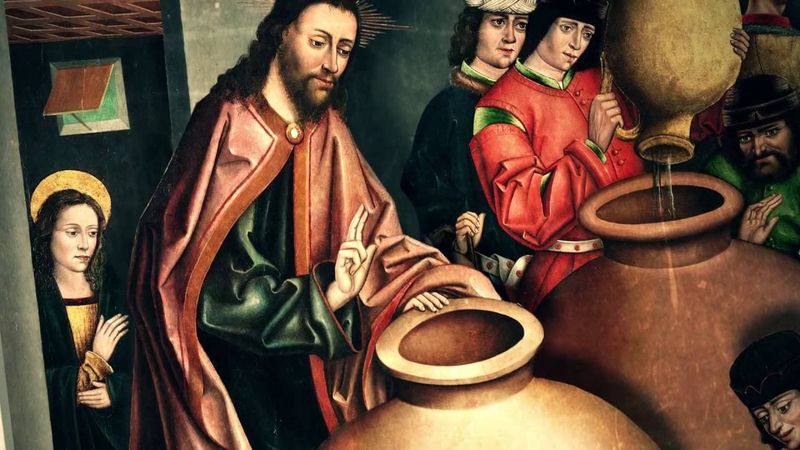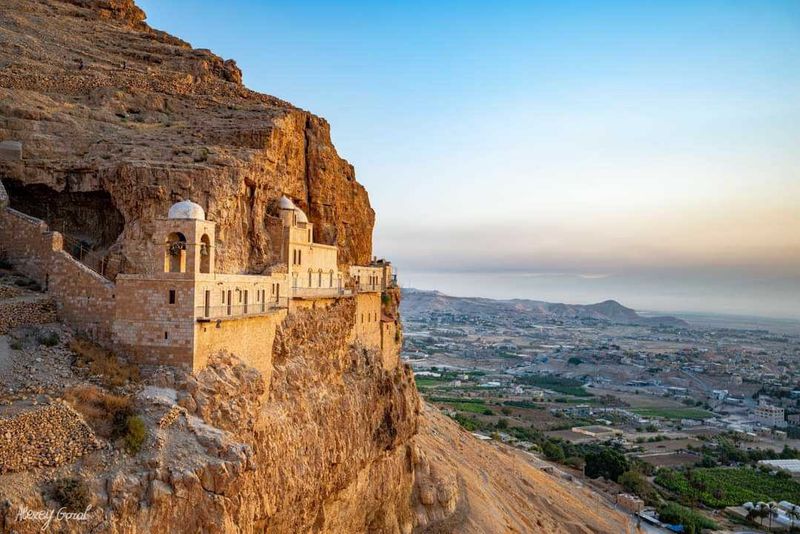Many know of Bethlehem and Jerusalem, but there are other significant places that played a part in Jesus’ journey.
These locations, often overlooked, reveal a broader scope of His mission and influence.
From coastal cities to mountainous regions, each carries its own unique story and significance.
1. Tyre and Sidon (Modern-Day Lebanon)
In Tyre and Sidon, Jesus performed a miracle for a Canaanite woman seeking help for her daughter. These cities, historically pivotal in Phoenician trade, became a backdrop for His compassion. They represent Jesus’ outreach beyond Jewish communities.
What’s fascinating is the cultural exchange happening here; non-Jewish lands were not off-limits. This trip showcased His boundary-crossing teachings. These cities survive as modern Lebanese landmarks, holding stories of divine encounters.
2. Decapolis (Ten Cities Region)
The Decapolis, a collective of Greco-Roman cities, witnessed Jesus’ healing of a demon-possessed man. This act spread His fame across non-Jewish territories. His visit emphasized inclusivity, reaching diverse populations.
Imagine the surprise of locals witnessing such miracles in this sophisticated urban setting. Today, these regions lie scattered across Jordan, Syria, and Israel, holding archaeological treasures. The Decapolis remains a testament to His powerful, transcending mission.
3. Caesarea Philippi
It was here, in Caesarea Philippi, where Peter declared Jesus as the Messiah. Known for its pagan worship, the area highlighted a turning point in His ministry.
This proclamation occurred amidst temples dedicated to ancient gods, contrasting divine truth with human tradition. The site’s dramatic cliffs and springs add a mystical aura. Present-day visitors can trace these spiritual footsteps, deep in the heart of history.
4. Bethany Beyond the Jordan
Bethany Beyond the Jordan is recognized as the baptism site of Jesus by John the Baptist. Not to be confused with Bethany near Jerusalem, this location embodies the start of His public ministry.
Amidst the serene waters, a divine moment unfolded, symbolizing cleansing and renewal. This peaceful site continues to draw pilgrims, echoing sacred beginnings. The river remains a silent witness to this historic baptism.
5. Gadara (Possibly Near Modern Umm Qais, Jordan)
Near Gadara, Jesus exorcised demons, sending them into pigs that plunged into the sea. This dramatic event in the Decapolis area signified spiritual liberation.
Gadara’s location offers breathtaking views of the Sea of Galilee. It stands as a reminder of His power over evil and compassion for the afflicted. Umm Qais’s ruins today whisper tales of these miraculous happenings.
6. Samaria (Including Sychar)
In Samaria, Jesus conversed with a Samaritan woman at Jacob’s Well, challenging social norms. This encounter revealed His embrace of humanity, regardless of background.
The backdrop of Sychar, with its rugged beauty, added depth to this revolutionary dialogue. Even today, the well stands as a symbol of unity and understanding, marking a pivotal moment in His ministry.
7. Mount Tabor (Traditional Site of the Transfiguration)
Mount Tabor is traditionally considered the site of Jesus’ Transfiguration, where He shone with divine glory. Moses and Elijah appeared beside Him, affirming His mission.
The mountain’s serene elevation provides a fitting stage for this revelation. Pilgrims now visit to feel the spiritual energy, experiencing a connection to this divine moment. Its slopes echo with the whispers of transcendent encounters.
8. Magdala
Magdala, home to Mary Magdalene, likely witnessed Jesus’ presence. Though details are sparse, His influence in this fishing village is palpable.
As He traveled the Galilean shore, each stop enriched His ministry’s narrative. Magdala reflects the everyday lives He touched, a testament to His humble beginnings. Its archaeological sites now offer glimpses into this vibrant past.
9. Nain
In Nain, Jesus performed the astonishing miracle of raising a widow’s son from the dead. This act of compassion and power brought hope to a mourning mother.
The village, tucked away in serene landscapes, witnessed divine intervention against despair. Today, it symbolizes renewed life and faith, its humble origins never overshadowed by its profound history.
10. Cana in Galilee
Beyond the famed miracle of turning water into wine, Cana in Galilee hosted many significant moments. Jesus’ presence at a wedding here marked His first public miracle.
This rural setting became a canvas for divine revelation. His return visits deepened the spiritual ties to this community. Cana remains cherished for its role in revealing His wonder-working nature.
11. Gerasa (Possible Confusion with Gadara)
Some texts mention Jesus’ miracle near Gerasa, adding intrigue to His journey in the Decapolis. This reflects His wide-reaching influence beyond Jewish lands.
Gerasene ruins tell of a city once thriving with culture and trade. This narrative highlights the diversity of His mission field, offering a glimpse into ancient societal dynamics. Today, Jerash in Jordan preserves these echoes of history.
12. Mount of Temptation (Near Jericho)
Near Jericho, the Mount of Temptation marks where Jesus fasted for 40 days and resisted Satan’s temptations. This period of reflection and strength affirmed His divine mission.
The barren peaks, with their raw beauty, evoke His enduring resilience. Modern visitors often seek inspiration from this challenging yet pivotal experience. The mountain stands as a testament to His unwavering resolve.
